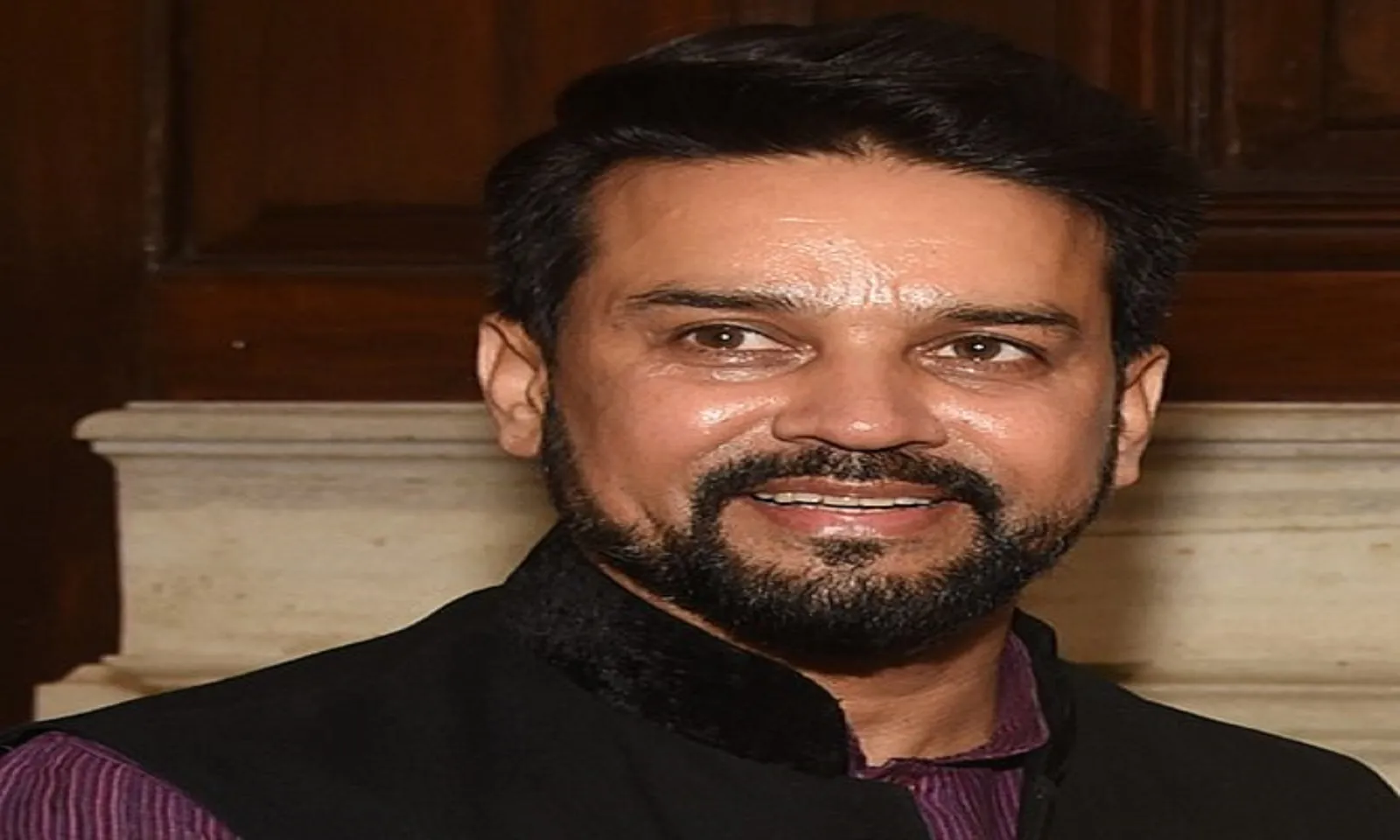Anurag Thakur's Rebuttal To Chidambaram On GDP Misses Perspective
The numbers the MoS for Finance quoted, while not technically incorrect, show opposing trends

Source: Wikimedia Commons
Minister of State for Finance and Corporate Affairs Anurag Thakur recently, in a series of tweets, spoke about the economic growth of India in 2021-22. He said this after ex-Finance Minister P Chidambaram wrote, in an article for the Indian Express, that main indicators of a sound economy are negative.
"Economic conditions will have an adverse impact on livelihoods and, in conjunction with the pandemic, on lives. That is a situation which I would describe as a bigger calamity that awaits us in 2021-22," wrote the former minister.
On analysing the points Thakur has raised about India's GDP growth that indicate an economic recovery, Factchecker found that although not incorrect, his arguments downplay the following aspects.
Firstly, he has given examples of various developed countries like the United Kingdom, France, Germany and Italy in matters of GDP contraction and said that India's is not an isolated case.
According to the Global Economic Prospects report published by the World Bank in January 2021, advanced economies are expected to have contracted by 5.4% in 2020, while emerging markets and developing economies expect contraction by 2.6%. India, in this report, is estimated to have contracted by 9.6%.
In a March 2021 report, the World Bank estimated India's 2020 GDP contraction at 8.5%. The National Statistical Office in May 2021 updated this figure to contraction of 7.3%.
To give further background to these numbers, here is what the report cites as growth in 2019 in advanced economies, emerging markets & developing economies and India: 2.3%, 3.6% and 4.2%, respectively.
For example, in developing countries like Bangladesh GDP is projected to increase by 3.6% in 2020-21 and 5.1% in 2021-22. The World Bank estimate also showed that South Asian economies are supposed to bounce back with 7.2% growth in 2021 and 4.4% in 2022 after a historic low in 2020 induced by the pandemic. In isolation, yes, the global economy had contracted, however, in context India's numbers are worse.
Secondly, in the same thread Thakur had also claimed:
In press briefing on May 6, 2021, Gerry Rice, Director, Communications Department, International Monetary Fund, had said: "Our April World Economic Outlook envisaged an economic recovery in India, with growth projected at around 12.5% in fiscal years '21 and '22. And, of course, the recent upsurge in COVID-19 cases implies that downside risks, which we had also spoken of at that time, are materializing. So, we are following these developments very closely, and we will be revisiting that growth forecast in our World Economic Outlook update, which will be forthcoming in July"
The World Bank, in its March 2021 report, cited this downside risk. "There is significant uncertainty at this stage about both epidemiological and policy developments, so real GDP growth may range from 7.5 to 12.5 percent. Over the medium-term, growth is projected to stabilize within a 6%-7% range," read the report.
According to the latest report by Reserve Bank of India on June 4, the economic growth of India is estimated at 9.5%, which is further downwards from 10.5% pegged earlier for the current fiscal year.
"The figure given by IMF has lost its value now since the latest figure estimated by the RBI shows a downward trend. Moreover, the actual effect of this second wave is not even structured properly and we are still in the middle of the pandemic. So, there is a possibility that there might be a further decrease in the GDP which means we will not be even reaching the economic growth where we were two years back," said Dr Rijo John, an economist and a professor at Indian Institute of Technology, Jodhpur.
Thirdly, another critical element to make sense of these numbers is the base effect. "The base effect assumption emanates from the fact that the lock down that was imposed last year during the FY 2020-21 was more severe and unplanned which led to steeper fall in economic growth. But this year the structure of lockdown is varying in various states and is relatively less stringent where the economic activities have still continued in the lock down period. So, there is a possibility that the economy might improve as compared to last year," Himanshu, a professor at the Dept of Economic Studies & Planning, Jawaharlal Nehru University, told Factchecker.
"That is not to say that the economy has revived completely but looks relatively better, which is bound to happen because that is how an economy functions with highs and lows month on month and year on year," he added.
This means, an expected growth of 12.5% pegged by the International Monetary Fund that is subsequently quoted by Thakur is actually based on the lower base of 2020-21 fiscal, while an economic contraction was tapped at -7.3%.
This has been substantiated recently by former RBI Governor Raghuram Rajan, in an interview with The Wire, where he said that even if the Indian economy grows by percentage points estimated by the RBI or the IMF, it will still be behind the pre-pandemic levels.


